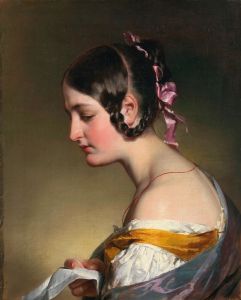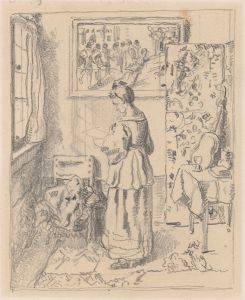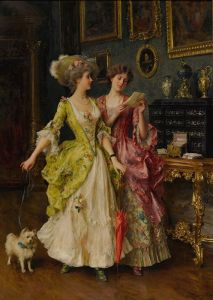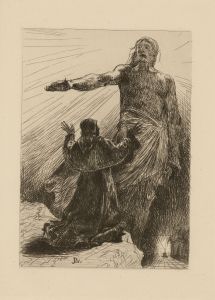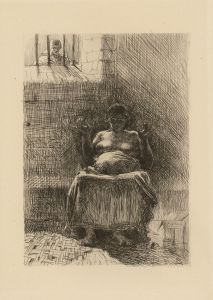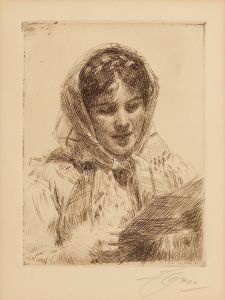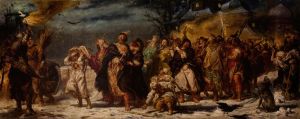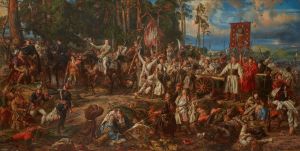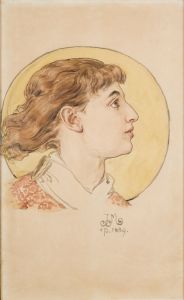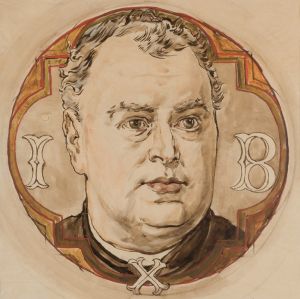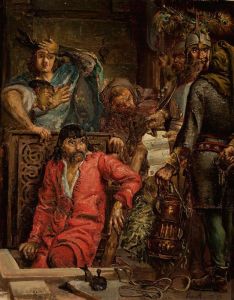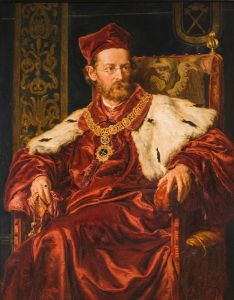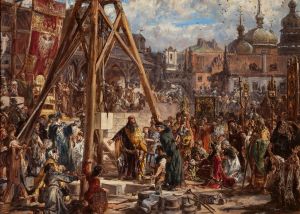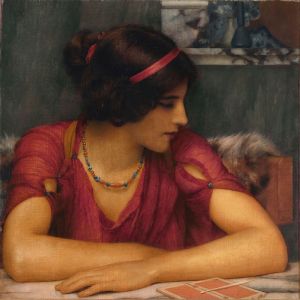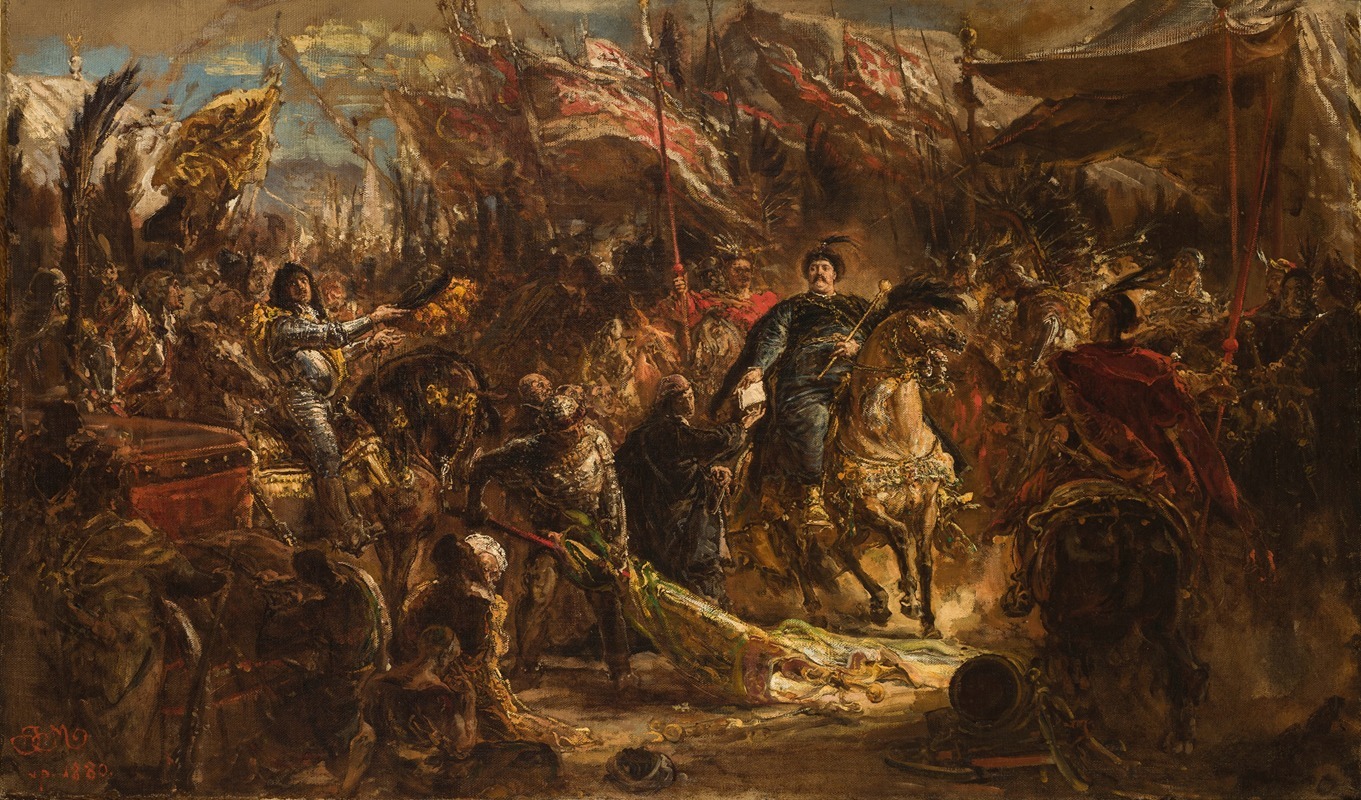
Jan III Sobieski Hands Canon Denhoff a Letter to the Pope with the Message of the Victory over the Turks at Vienna in 1683
A hand-painted replica of Jan Matejko’s masterpiece Jan III Sobieski Hands Canon Denhoff a Letter to the Pope with the Message of the Victory over the Turks at Vienna in 1683, meticulously crafted by professional artists to capture the true essence of the original. Each piece is created with museum-quality canvas and rare mineral pigments, carefully painted by experienced artists with delicate brushstrokes and rich, layered colors to perfectly recreate the texture of the original artwork. Unlike machine-printed reproductions, this hand-painted version brings the painting to life, infused with the artist’s emotions and skill in every stroke. Whether for personal collection or home decoration, it instantly elevates the artistic atmosphere of any space.
Jan III Sobieski Hands Canon Denhoff a Letter to the Pope with the Message of the Victory over the Turks at Vienna in 1683 is a significant historical painting by the renowned Polish artist Jan Matejko. Created in 1880, this artwork captures a pivotal moment in European history, specifically the aftermath of the Battle of Vienna, which took place on September 12, 1683. The battle was a turning point in the Great Turkish War, where the forces of the Holy League, led by King Jan III Sobieski of Poland, successfully repelled the Ottoman Empire's siege of Vienna.
The painting depicts King Jan III Sobieski, a central figure in the battle, presenting a letter to Canon Denhoff. This letter was intended for Pope Innocent XI, informing him of the Christian coalition's victory over the Ottoman Turks. The delivery of this message was of great importance, as it signified not only a military triumph but also a moment of unity among European powers against a common adversary.
Jan Matejko, known for his historical paintings, meticulously captured the details of the event, emphasizing the significance of Sobieski's leadership and the relief of Vienna. The composition of the painting reflects Matejko's skill in portraying historical narratives with dramatic intensity and attention to detail. The figures in the painting are depicted with expressive gestures and attire that reflect their status and the era's fashion, providing viewers with a glimpse into the 17th-century European context.
The Battle of Vienna was crucial in halting the westward expansion of the Ottoman Empire into Europe. The victory was largely attributed to the effective military strategies employed by Sobieski and the timely arrival of his forces, which played a decisive role in the battle's outcome. The relief of Vienna marked a shift in the balance of power, leading to a series of campaigns that eventually pushed the Ottomans back and secured the borders of Europe.
Matejko's painting not only commemorates a historical event but also serves as a symbol of Polish pride and the broader European resistance against Ottoman encroachment. The artwork is part of Matejko's larger body of work that focuses on Polish history and national identity, reflecting his dedication to capturing the spirit and struggles of his homeland.
Today, Jan III Sobieski Hands Canon Denhoff a Letter to the Pope with the Message of the Victory over the Turks at Vienna in 1683 is housed in the Vatican Museums. It remains an important piece of art that continues to be studied and appreciated for its historical significance and artistic merit. Through this painting, Matejko has immortalized a moment of triumph and collaboration, highlighting the enduring impact of the Battle of Vienna on European history.





